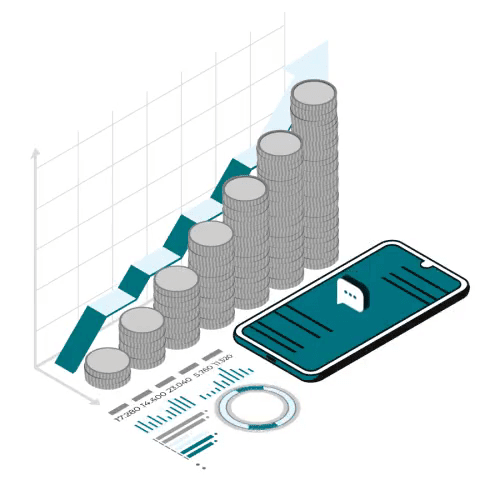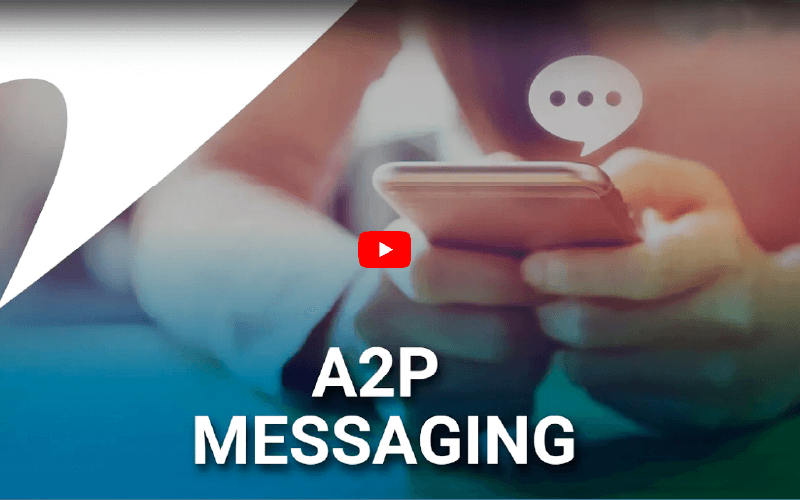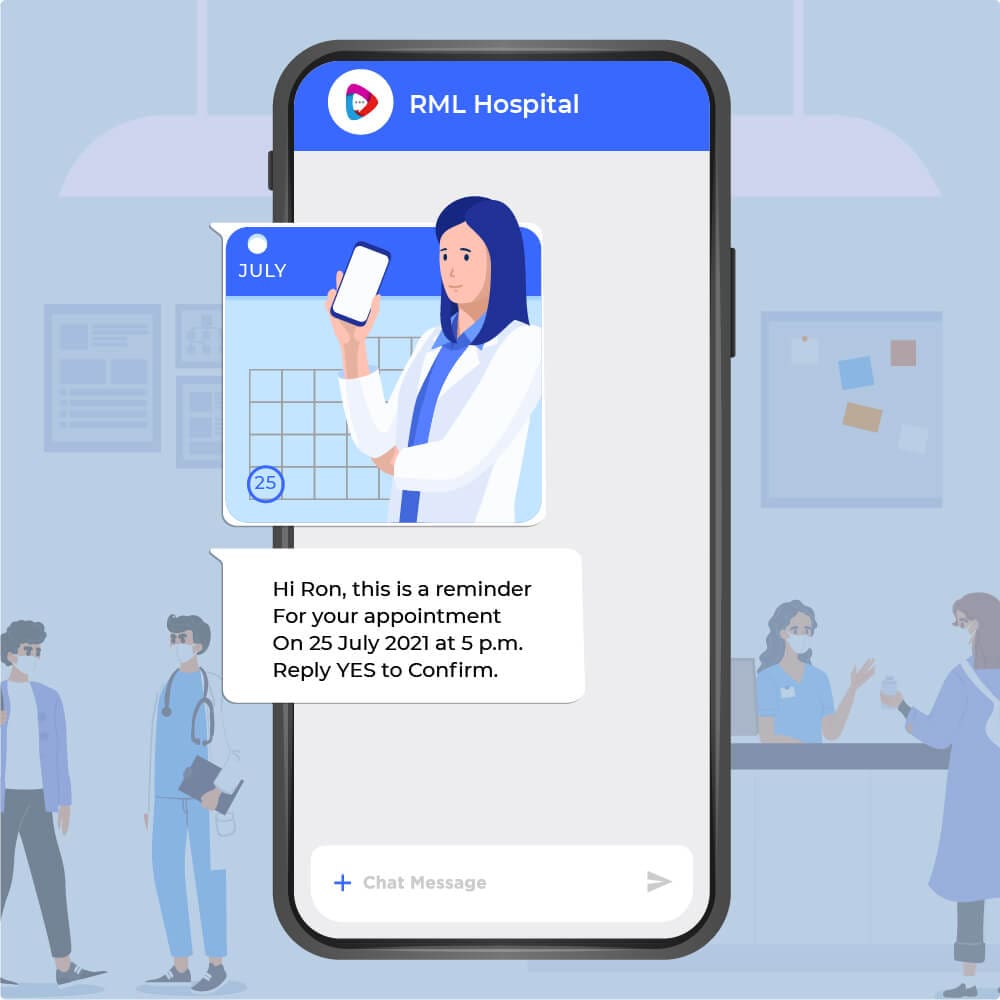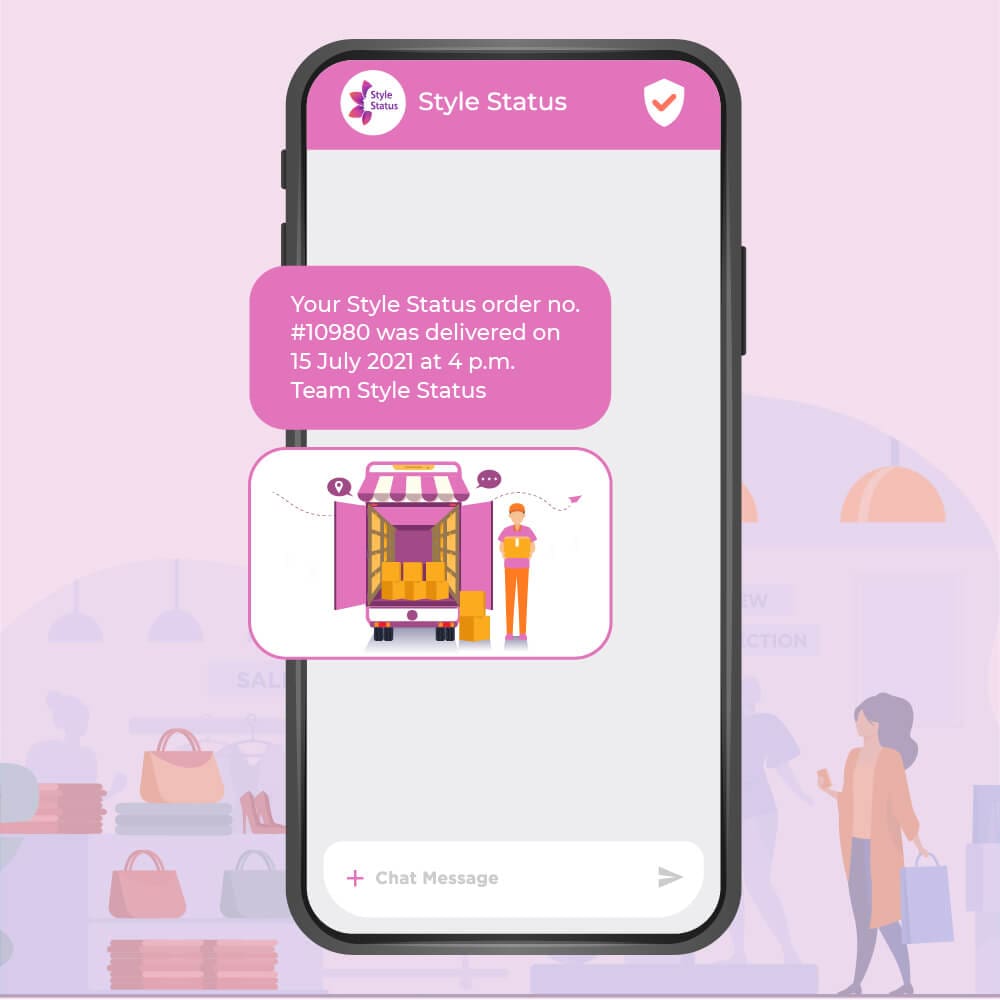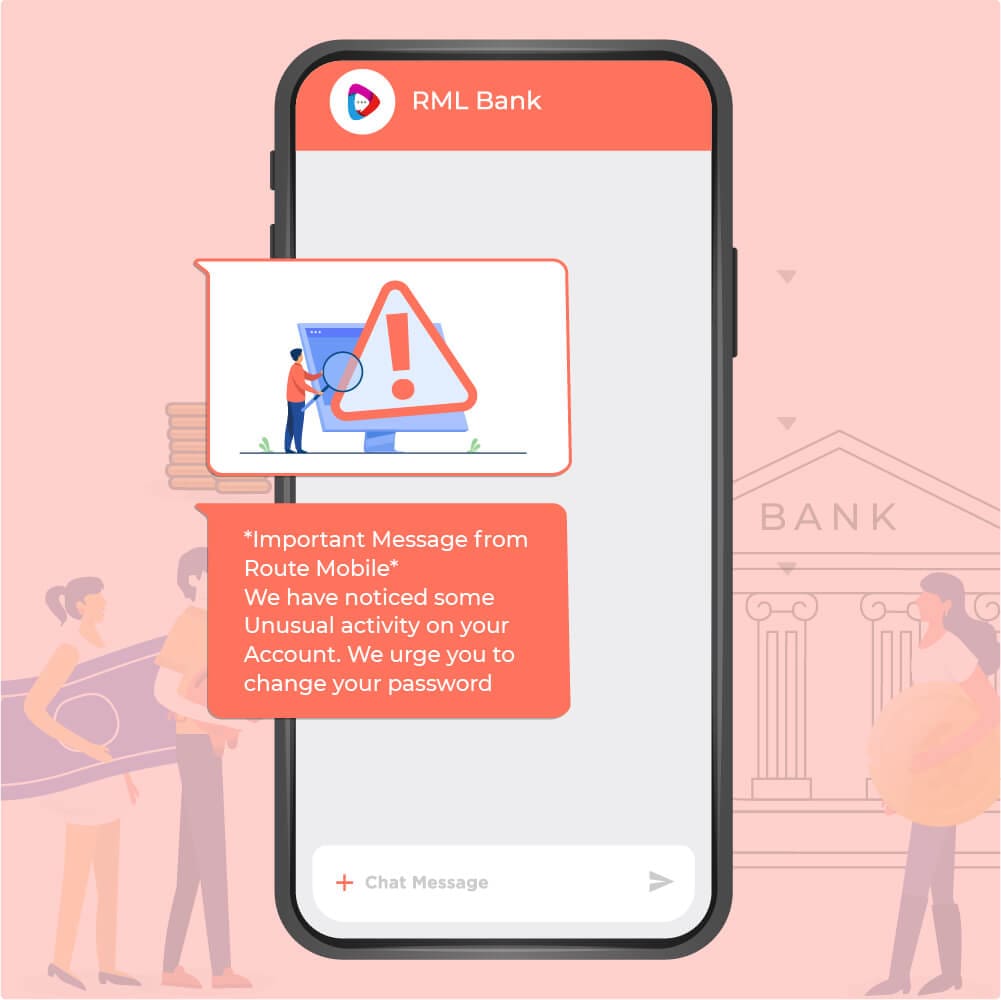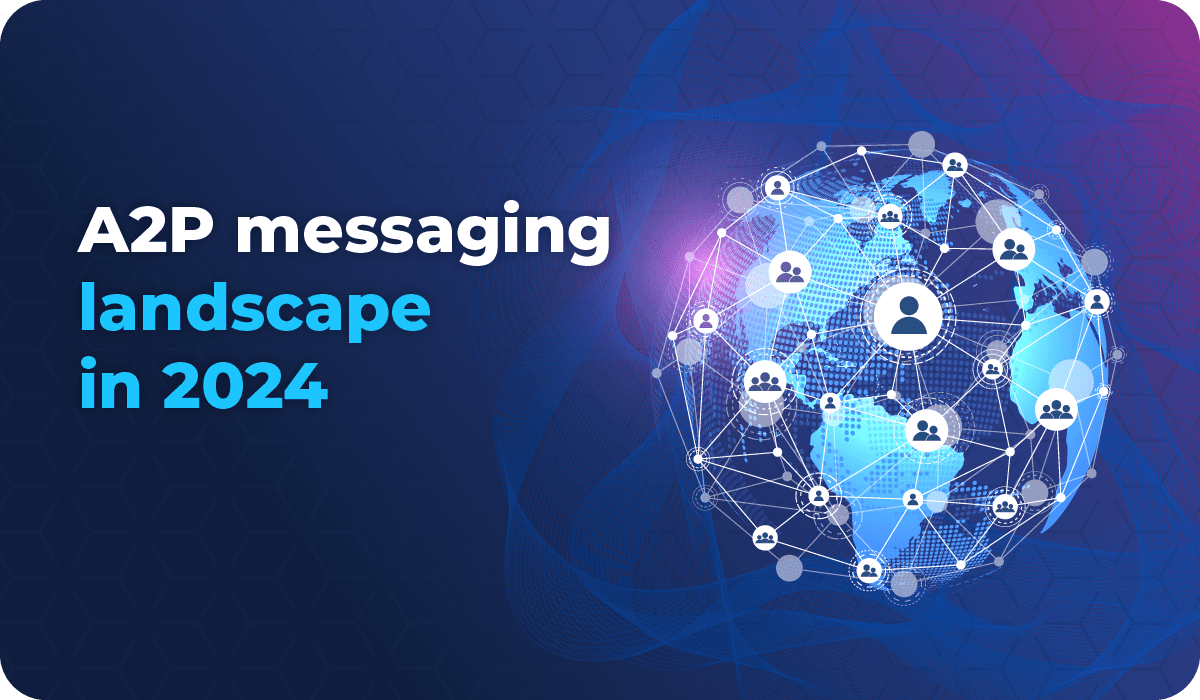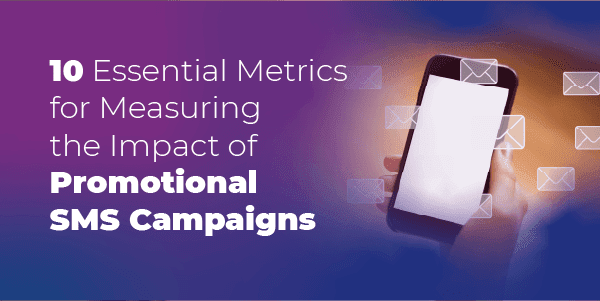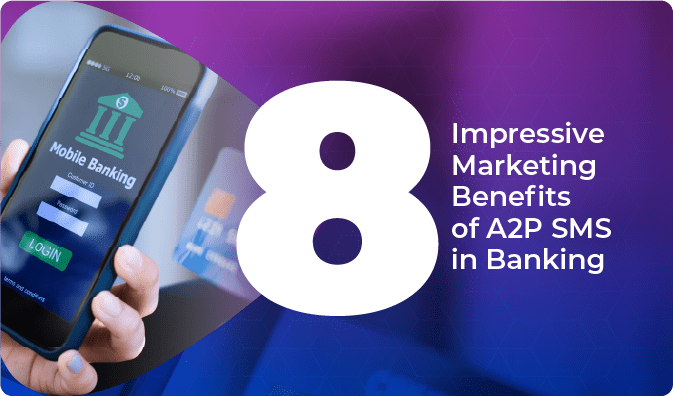Route Mobile has a network capability to handle more than 2bn monthly volume messages. With the A2P Service, action multi-lingual personalized messages, enhance the user experience by layering messages with Voice, Email, APIs, Calls, etc., and gain actionable Campaign Insights.
Get StartedFeatures and benefits of A2P SMS
Product Trivia
$64 Bngrowth projected for the A2P Messaging market for the forecast period 2021-2028
How A2P Messaging Works
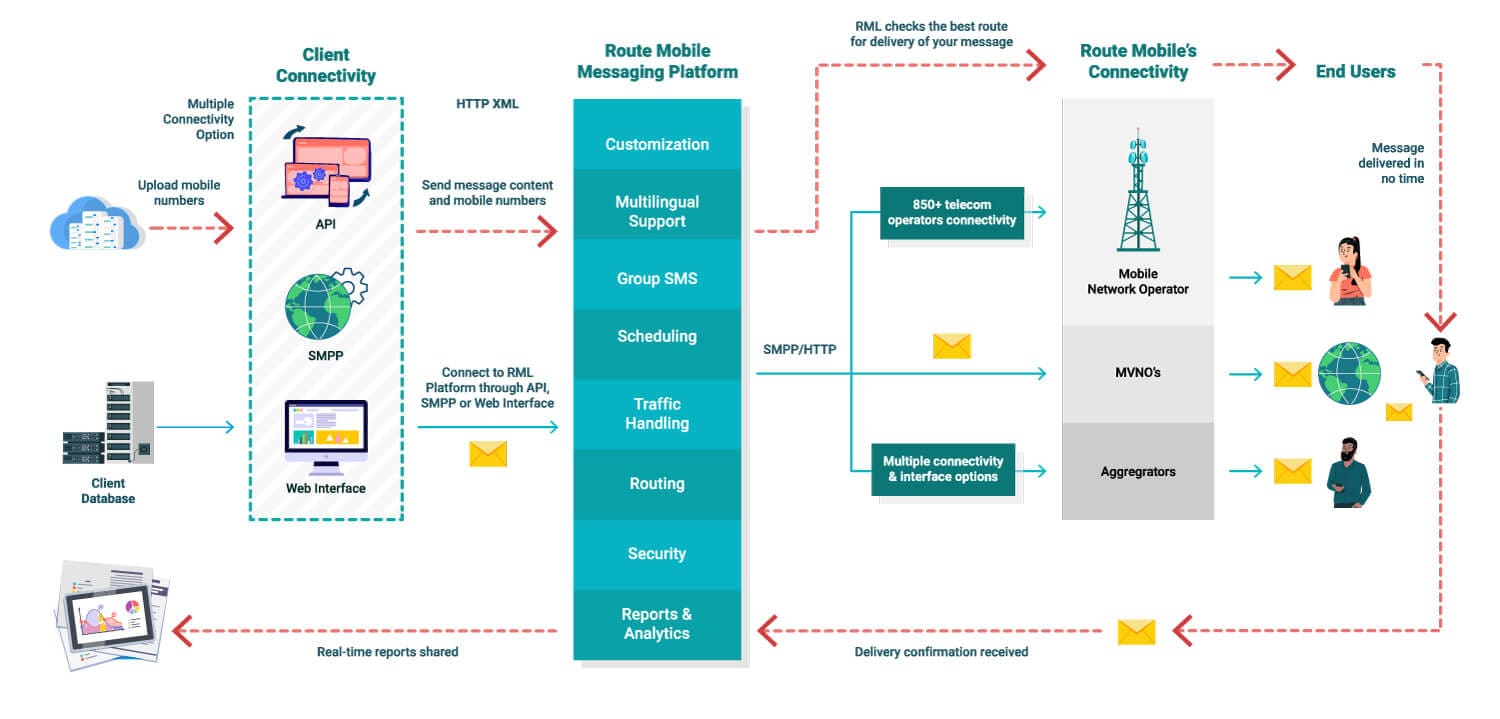
FAQs on A2P Messaging
A2P messaging refers to the communication between an application or software and an individual person through messaging channels such as SMS (Short Message Service), MMS (Multimedia Messaging Service), or other messaging platforms. It is commonly used by businesses to send notifications, alerts, promotional messages, appointment reminders, and other automated messages to customers.
A2P messaging involves the use of APIs (Application Programming Interfaces) or third-party messaging platforms to send automated messages from applications or software to individual users. The messages are typically initiated by the business application and delivered through messaging gateways provided by telecommunication operators or messaging service providers..
A2P messaging offers several advantages for businesses, including:
- Improved customer engagement and communication.Faster and more efficient delivery of time-sensitive information.
- Automation of routine notifications and alerts.
- Increased reach and accessibility, as SMS is supported on virtually all mobile devices.
- Higher open and read rates compared to email.
Yes, A2P messaging supports the inclusion of media content such as images, videos, or audio. However, the availability of media content in A2P messages may vary depending on the messaging channel or platform being used. For example, MMS allows for richer media content compared to SMS.
While SMS is the most commonly used channel for A2P messaging, A2P communication can also happen through other messaging platforms and channels. This includes OTT (Over-the-Top) messaging apps like WhatsApp, Facebook Messenger, and Viber, as well as RCS (Rich Communication Services) for enhanced messaging capabilities.
Different countries may have specific regulations and compliance requirements for A2P messaging, particularly when it comes to commercial or promotional messages. It’s important for businesses to comply with local regulations, obtain proper consent for sending messages, and ensure adherence to anti-spam policies
Businesses can implement A2P messaging by integrating their applications or software with messaging gateways provided by telecommunication operators or messaging service providers. These gateways usually offer APIs or other communication protocols to facilitate message sending and receiving.
Yes, A2P messaging can be personalized and automated. Businesses can use dynamic message templates, merge tags, or variables to personalize messages with customer-specific information. Automation can be achieved through API integrations or using third-party platforms that provide A2P messaging services.
When selecting an A2P messaging provider, businesses should consider factors such as reliability, message delivery rates, coverage, pricing, scalability, customer support, and available features and integrations.

